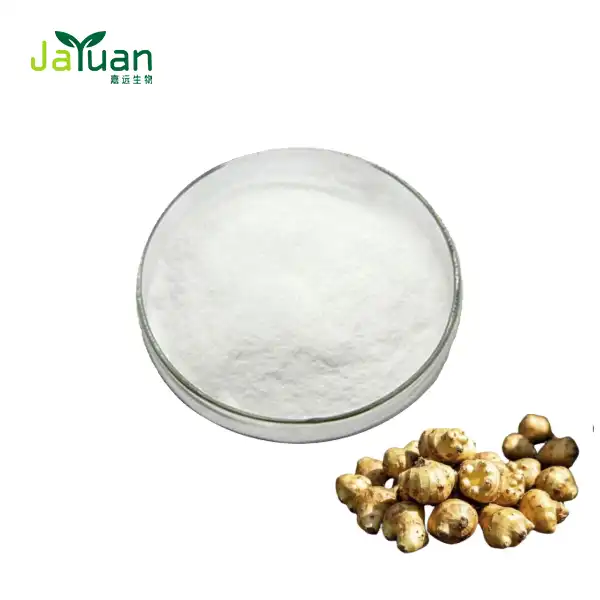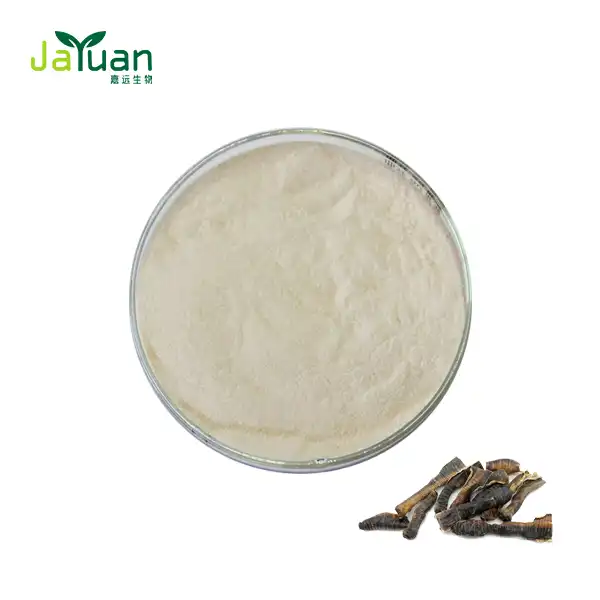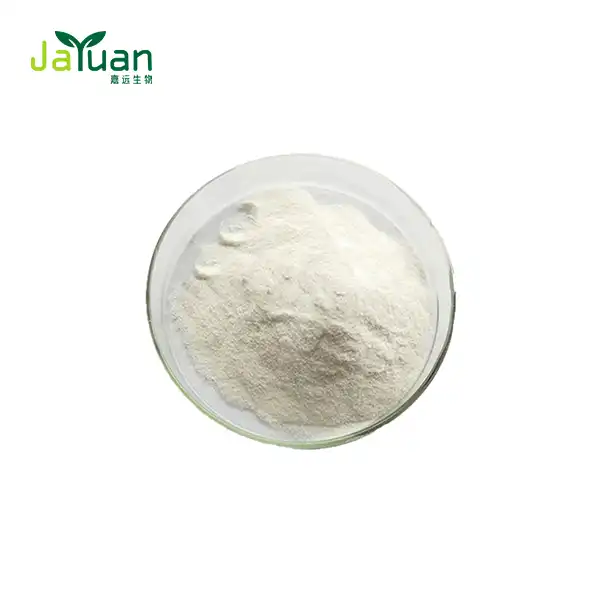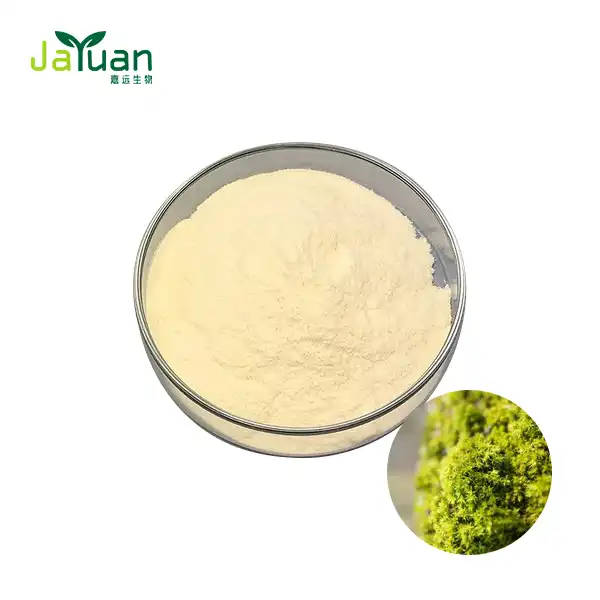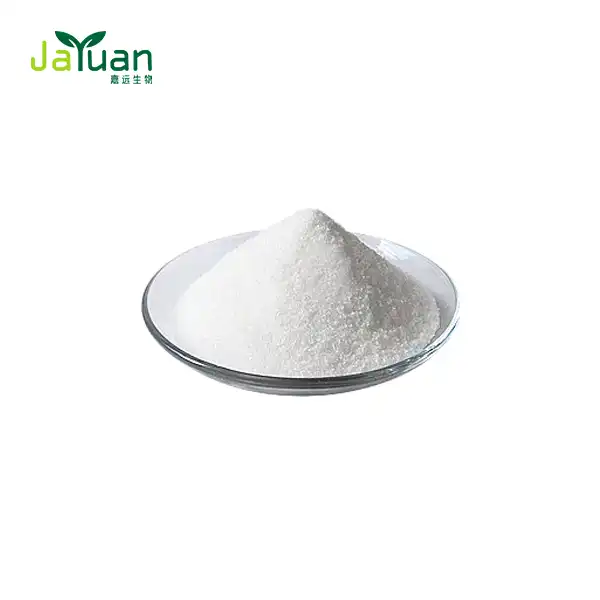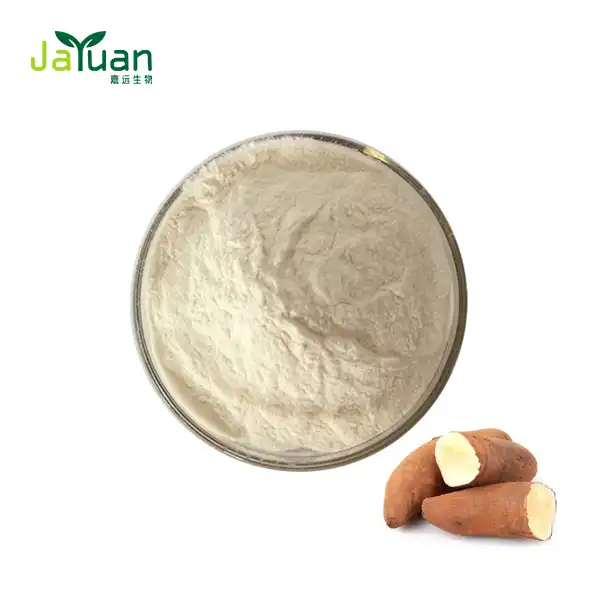Prickly Pear Fruit Powder: Antioxidant Properties Explained
Prickly pear fruit powder, derived from the Opuntia ficus-indica cactus, has garnered significant attention in recent years due to its impressive antioxidant properties. This versatile superfood powder is packed with beneficial compounds that can help combat oxidative stress and promote overall well-being. In this comprehensive guide, we'll delve into the antioxidant properties of prickly pear fruit powder, compare its potency to other superfoods, and explore how it can benefit your health.
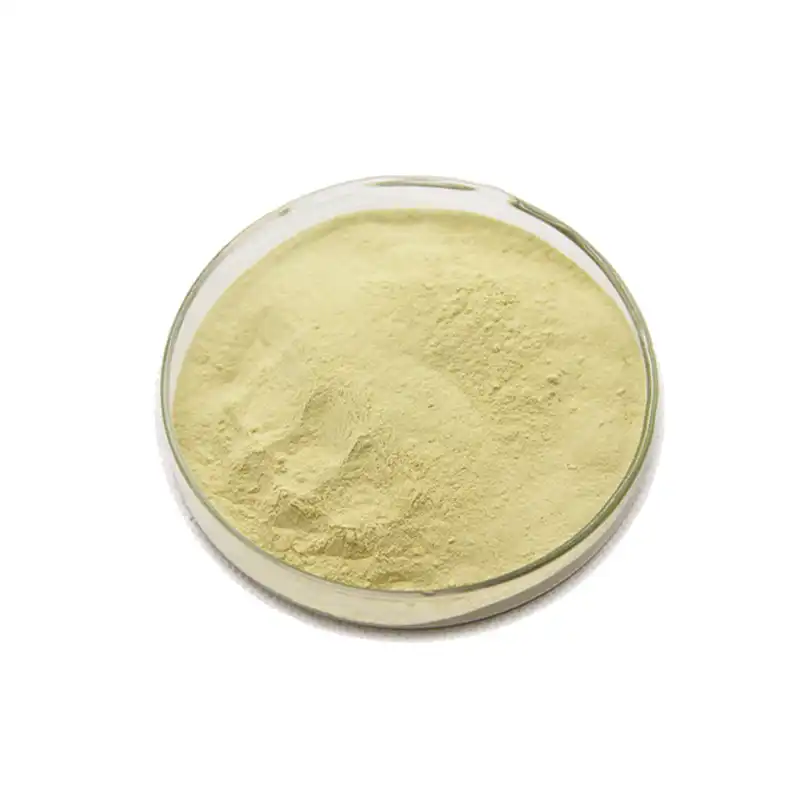
What antioxidants are found in prickly pear powder?
Prickly pear fruit powder is a treasure trove of antioxidants, boasting a diverse array of compounds that work synergistically to protect your body from harmful free radicals. Let's explore the key antioxidants found in this remarkable superfood:
Betalains: The vibrant pigments with powerful benefits
One of the most notable antioxidants found in prickly pear fruit extract is betalains. These vibrant pigments are responsible for the fruit's striking color and offer a range of health benefits. Betalains can be further categorized into two main groups:
- Betacyanins: These red-violet pigments are potent antioxidants that have been shown to possess anti-inflammatory properties.
- Betaxanthins: The yellow-orange pigments that complement betacyanins and contribute to the overall antioxidant profile of prickly pear fruit powder.
Research has indicated that betalains may help protect cells from oxidative damage and support cardiovascular health.
Polyphenols: A diverse group of plant-based antioxidants
Prickly pear fruit extract is rich in polyphenols, a diverse group of plant-based compounds known for their antioxidant properties. Some of the key polyphenols found in prickly pear include:
- Quercetin: A flavonoid with potent antioxidant and anti-inflammatory effects.
- Kaempferol: Another flavonoid that has been linked to various health benefits, including improved heart health.
- Isorhamnetin: A methylated flavonoid with antioxidant and anti-inflammatory properties.
These polyphenols work together to provide a wide range of health benefits, from supporting immune function to promoting healthy aging.
Vitamin C: A classic antioxidant powerhouse
Prickly pear fruit powder is an excellent source of vitamin C, a well-known antioxidant that plays a crucial role in maintaining overall health. Vitamin C helps:
- Boost collagen production for healthy skin and joints
- Support immune function
- Enhance iron absorption
- Protect cells from oxidative damage
The combination of vitamin C with other antioxidants in prickly pear fruit powder creates a synergistic effect, enhancing its overall antioxidant capacity.
ORAC value of prickly pear vs. other superfood powders
To truly appreciate the antioxidant power of prickly pear fruit powder, it's helpful to compare its Oxygen Radical Absorbance Capacity (ORAC) value to other popular superfood powders. The ORAC value is a measure of a food's antioxidant capacity, with higher values indicating greater antioxidant potential.
Understanding ORAC values
ORAC values are expressed in terms of micromoles of Trolox equivalents per 100 grams (μmol TE/100g). Trolox is a vitamin E analog used as a standard for antioxidant capacity. While ORAC values can vary depending on factors such as growing conditions and processing methods, they provide a useful benchmark for comparing the antioxidant potential of different foods.
Prickly pear powder's impressive ORAC score
Prickly pear fruit powder boasts an impressive ORAC value, typically ranging from 7,000 to 12,000 μmol TE/100g. This places it among the ranks of other well-known superfoods renowned for their antioxidant properties. Let's compare prickly pear powder to some other popular superfood powders:
- Acai berry powder: 102,700 μmol TE/100g
- Maqui berry powder: 27,600 μmol TE/100g
- Goji berry powder: 25,300 μmol TE/100g
- Blueberry powder: 9,621 μmol TE/100g
- Pomegranate powder: 6,500 μmol TE/100g
While prickly pear fruit powder may not have the highest ORAC value among these superfoods, it still offers a significant antioxidant punch. Moreover, its unique combination of antioxidants and other beneficial compounds makes it a valuable addition to a healthy diet.
The limitations of ORAC values
It's important to note that while ORAC values provide a useful comparison tool, they don't tell the whole story when it comes to a food's health benefits. Factors such as bioavailability, absorption, and the specific types of antioxidants present all play a role in determining a food's overall impact on health. Prickly pear fruit powder's diverse array of antioxidants and other beneficial compounds contribute to its effectiveness beyond what ORAC values alone might suggest.
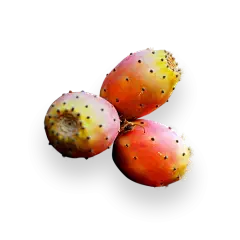
How prickly pear powder combats oxidative stress?
Oxidative stress occurs when there's an imbalance between free radicals and antioxidants in the body. This imbalance can lead to cellular damage and contribute to various health issues. Prickly pear fruit powder offers a potent arsenal of antioxidants that work together to combat oxidative stress through multiple mechanisms.
Neutralizing free radicals
The antioxidants in prickly pear fruit powder, such as betalains, polyphenols, and vitamin C, act as electron donors. They neutralize free radicals by donating an electron, effectively stabilizing these unstable molecules and preventing them from causing further damage to cells and tissues. This process helps to maintain cellular health and function.
Supporting the body's natural antioxidant defenses
In addition to directly neutralizing free radicals, the compounds in prickly pear fruit powder can help boost the body's own antioxidant defenses. For example:
- Enhancing glutathione production: Glutathione is often referred to as the "master antioxidant" due to its crucial role in cellular health. Some components of prickly pear fruit powder may help stimulate the production of glutathione, further bolstering the body's antioxidant capacity.
- Activating antioxidant enzymes: Certain compounds in prickly pear fruit powder can help activate enzymes like superoxide dismutase and catalase, which play key roles in the body's antioxidant defense system.
Reducing inflammation
Oxidative stress and inflammation are closely linked, often creating a vicious cycle that can contribute to various health issues. The antioxidants in prickly pear fruit extract, particularly betalains and certain polyphenols, have demonstrated anti-inflammatory properties. By helping to reduce inflammation, these compounds can indirectly contribute to lowering oxidative stress levels in the body.
Protecting cellular membranes
The antioxidants in prickly pear fruit powder can help protect cellular membranes from oxidative damage. This is particularly important for maintaining the integrity and function of cells throughout the body. By preserving cellular health, prickly pear fruit powder may contribute to overall well-being and longevity.
Supporting mitochondrial function
Mitochondria, the powerhouses of cells, are particularly vulnerable to oxidative stress. Some research suggests that the antioxidants found in prickly pear fruit powder may help protect mitochondria from damage and support their function. This can have far-reaching effects on energy production and overall cellular health.
Synergistic effects
One of the key advantages of prickly pear fruit powder is the synergistic effects of its various antioxidants. Different compounds work together to enhance each other's effectiveness, creating a more potent antioxidant effect than any single compound alone. This synergy allows prickly pear fruit powder to combat oxidative stress through multiple pathways simultaneously.
Conclusion
In conclusion, prickly pear fruit powder offers a powerful and diverse array of antioxidants that work together to combat oxidative stress and promote overall health. From its impressive ORAC value to its unique combination of betalains, polyphenols, and other beneficial compounds, this superfood powder has much to offer those seeking to boost their antioxidant intake naturally.
By incorporating prickly pear fruit powder into your diet, you can harness the power of these antioxidants to support your body's natural defenses against oxidative stress. Whether added to smoothies, baked goods, or used as a natural food coloring, this versatile powder offers a convenient and delicious way to boost your antioxidant intake.
If you're interested in learning more about prickly pear fruit powder and its potential applications in your products, we invite you to reach out to our team at Xi'an Jiayuan Bio-Tech. Our experts are ready to assist you in exploring the benefits of this remarkable superfood ingredient. Contact us at sales@jayuanbio.com to discuss how prickly pear fruit powder can enhance your product offerings and meet the growing consumer demand for natural, antioxidant-rich ingredients.
References
1. Fernández-López, J. A., et al. (2018). Prickly Pear (Opuntia ficus-indica) Fruit: Nutritional Properties and Health Benefits. Journal of Functional Foods, 52, 90-101.
2. Tesoriere, L., et al. (2004). Antioxidant Activities of Sicilian Prickly Pear (Opuntia ficus indica) Fruit Extracts and Reducing Properties of Its Betalains: Betanin and Indicaxanthin. Journal of Agricultural and Food Chemistry, 52(26), 7851-7855.
3. Galati, E. M., et al. (2003). Chemical characterization and biological effects of Sicilian Opuntia ficus indica (L.) Mill. fruit juice: antioxidant and antiulcerogenic activity. Journal of Agricultural and Food Chemistry, 51(17), 4903-4908.
4. Feugang, J. M., et al. (2006). Nutritional and medicinal use of Cactus pear (Opuntia spp.) cladodes and fruits. Frontiers in Bioscience, 11, 2574-2589.
5. Butera, D., et al. (2002). Antioxidant activities of sicilian prickly pear (Opuntia ficus indica) fruit extracts and reducing properties of its betalains: betanin and indicaxanthin. Journal of Agricultural and Food Chemistry, 50(23), 6895-6901.
6. Shetty, A. A., et al. (2012). Biological activities and medicinal properties of noni (Morinda citrifolia L.): A review. Asian Pacific Journal of Tropical Biomedicine, 2(12), 1030-1036.

